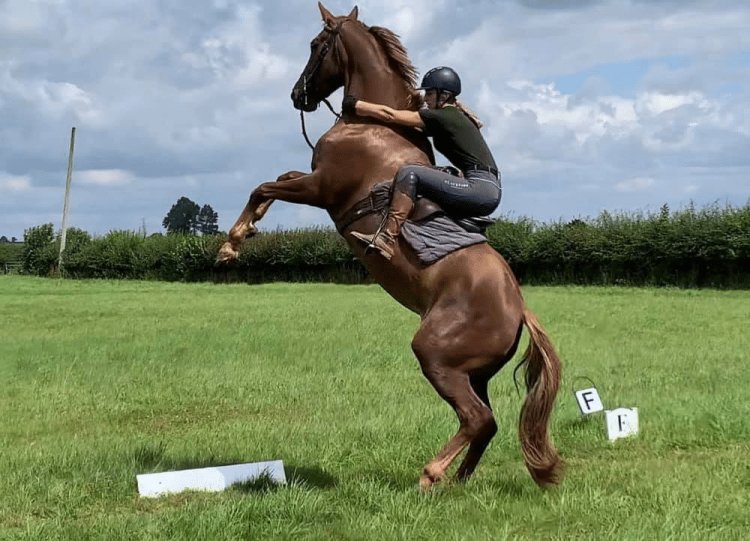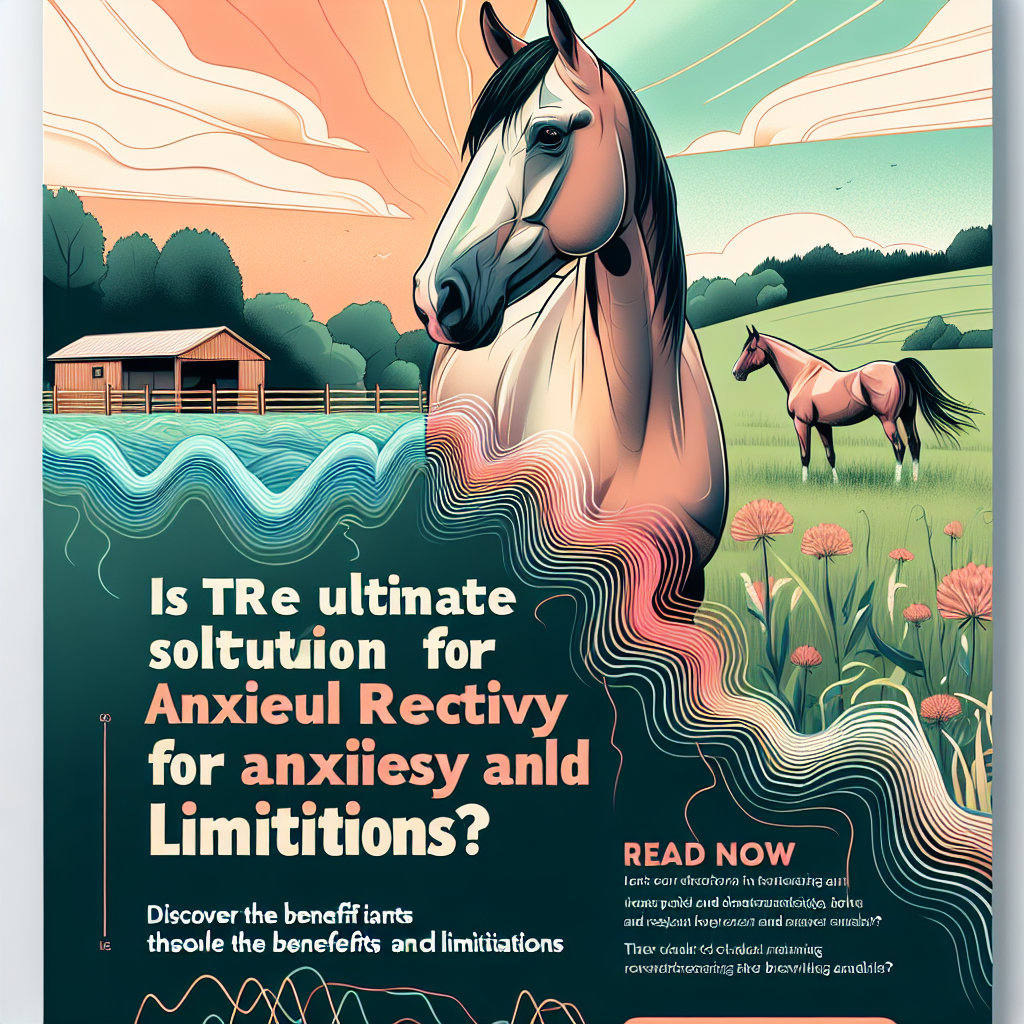Teaching Your Horse to Self-Regulate Emotions: A Comprehensive Guide

Understanding how to teach your horse to manage its emotions is essential for building a strong, trusting relationship and ensuring safety for both horse and rider. This article explores effective techniques, benefits, and practical steps to help your horse develop emotional self-regulation.
Why Emotional Self-Regulation Matters in Horses

Horses are naturally sensitive and reactive animals. Their survival instincts often trigger strong emotional responses such as fear or anxiety. Teaching your horse to self-regulate emotions helps:
- Reduce stress and anxiety
- Improve focus and responsiveness
- Enhance training outcomes
- Foster a calmer, more confident horse
Key Concepts in Teaching Emotional Self-Regulation

| Concept | Explanation |
|---|---|
| Emotional Awareness | Helping your horse recognize and respond appropriately to emotional triggers. |
| Calmness Conditioning | Using positive reinforcement to encourage calm behavior in stressful situations. |
| Desensitization | Gradually exposing your horse to stimuli to reduce overreaction. |
| Consistency | Maintaining regular training routines to build trust and predictability. |
Step-by-Step Training Techniques
- Observe and Identify Triggers: Pay close attention to what causes your horse to become anxious or reactive.
- Create a Safe Environment: Ensure the training area is secure and free from unexpected distractions.
- Use Positive Reinforcement: Reward calm behavior with treats, praise, or gentle pats.
- Practice Controlled Exposure: Slowly introduce triggers at a low intensity, increasing as your horse becomes comfortable.
- Incorporate Relaxation Exercises: Teach your horse to lower its head, soften its eyes, and breathe deeply.
- Be Patient and Consistent: Emotional regulation takes time; consistent practice is key.
Benefits of Emotional Self-Regulation for Horses and Riders
- Safety: A calm horse is less likely to bolt or behave unpredictably.
- Improved Performance: Emotional control enhances learning and responsiveness.
- Stronger Bond: Mutual trust grows when horses feel understood and supported.
Frequently Asked Questions (FAQ)
Q1: How long does it take to teach a horse emotional self-regulation?
A: It varies depending on the horse’s temperament and training consistency but expect weeks to months of regular practice.
Q2: Can all horses learn to self-regulate emotions?
A: Yes, with patience and proper techniques, most horses can improve their emotional responses.
Q3: What if my horse becomes more anxious during training?
A: Slow down the process, reduce stimuli intensity, and reinforce calm behavior more frequently.
Teaching your horse to self-regulate emotions is a rewarding journey that enhances safety, performance, and your partnership. With patience, consistency, and the right techniques, you can help your horse become a calmer, more confident companion.
